Where to Fly Fish for Trout in the Rockies
The Rocky Mountains stretch like a magnificent spine across North America, creating one of the world’s premier destinations for fly fishing enthusiasts. Crystal-clear streams tumble down from snow-capped peaks, meandering through pristine valleys where wild trout thrive in cold, oxygen-rich waters. For anglers seeking the perfect combination of challenging fishing and breathtaking scenery, the Rockies offer an unparalleled experience. From Colorado’s gold medal waters to Montana’s legendary rivers, this mountain range houses some of the most productive trout fisheries on the continent. Whether you’re a seasoned fly fishing veteran or just beginning your journey into this meditative sport, the Rocky Mountains provide endless opportunities to cast a line in pursuit of rainbow, brown, cutthroat, and brook trout.
Colorado’s Gold Medal Waters

Colorado boasts more than 322 miles of officially designated “Gold Medal” waters, representing the highest quality aquatic habitats in the state. These premium stretches include sections of the Frying Pan River, where the tailwater below Ruedi Reservoir creates ideal conditions for trophy brown trout that often exceed 20 inches. The South Platte River, particularly through Cheesman Canyon and the Dream Stream section, offers technical fishing for selective trout in gin-clear water. Another standout is the Gunnison River, where the Black Canyon section provides both spectacular scenery and opportunities to catch wild rainbow and brown trout in a dramatic, rugged setting. Access points vary from easy roadside fishing to hikes requiring significant effort, creating options for anglers of all physical abilities.
Montana’s Blue-Ribbon Streams
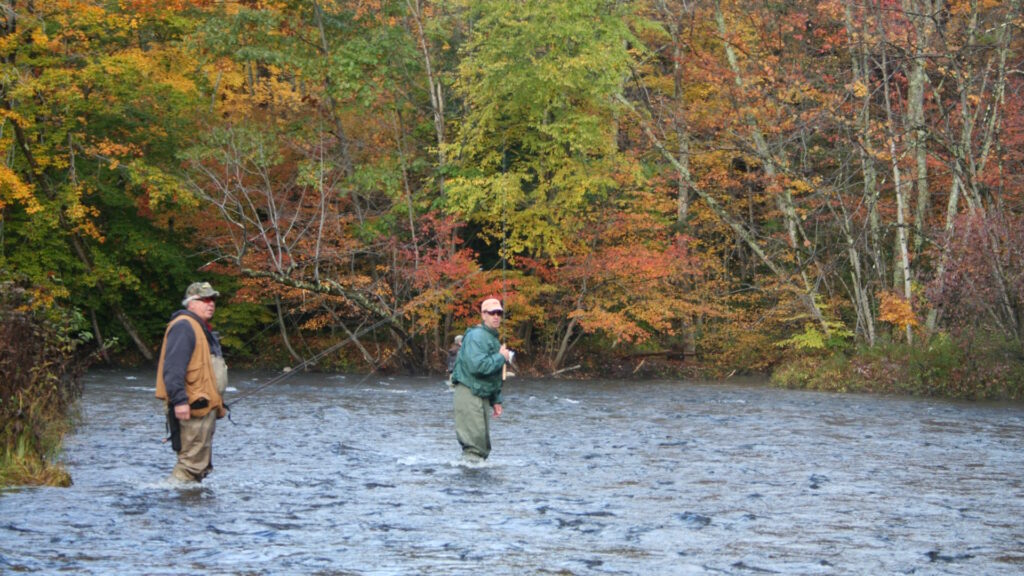
Montana has earned its reputation as a fly fishing paradise with thousands of miles of trout-rich waters flowing through stunning landscapes. The Madison River stands as perhaps the most famous, offering consistent fishing for rainbow and brown trout through beautiful valleys and canyon sections. The Yellowstone River, as the longest undammed river in the lower 48 states, provides over 200 miles of exceptional fishing water as it flows northward from Yellowstone National Park. For those seeking solitude, the Smith River offers a multi-day floating experience through a remote canyon where anglers can target wild trout while camping along the riverbank. The Big Hole River, with its diverse character and native Arctic grayling, represents another Montana treasure that should be on every serious angler’s bucket list.
Wyoming’s Wilderness Waters
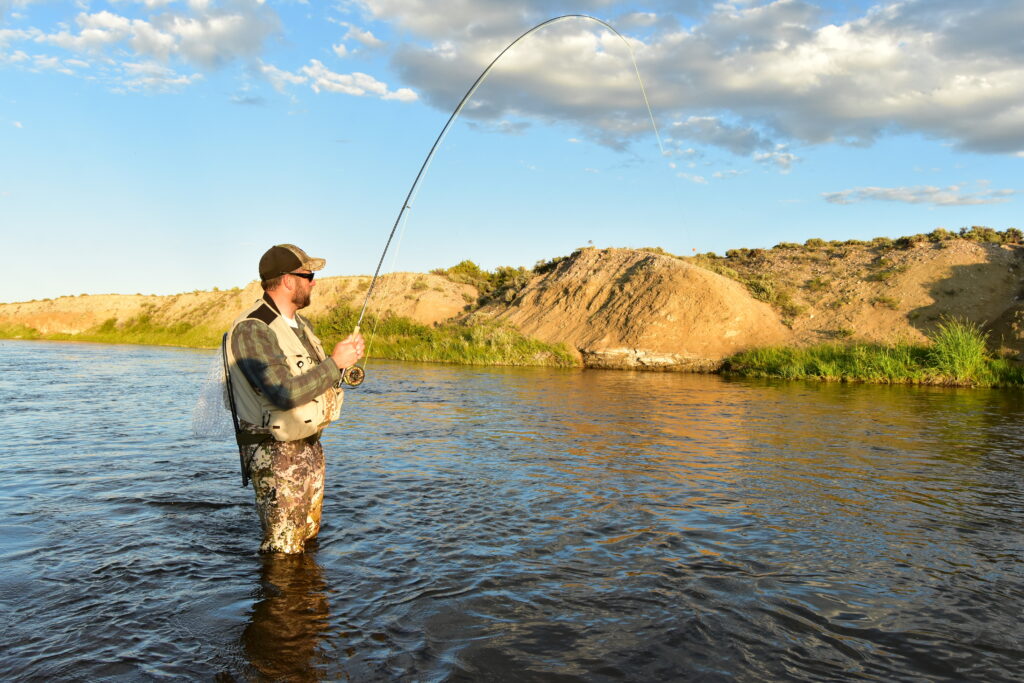
Wyoming offers some of the most pristine and uncrowded fly fishing experiences in the Rockies, with rivers flowing through vast stretches of public land. The Snake River in western Wyoming winds through Grand Teton National Park, providing spectacular mountain backdrops while anglers cast to native fine-spotted cutthroat trout. The North Platte River, particularly in the Miracle Mile and Grey Reef sections, holds impressive numbers of large rainbow and brown trout in the 16-24 inch range. For the adventurous, the Wind River Range contains hundreds of alpine lakes holding golden trout and other species, requiring serious hiking but rewarding anglers with solitude and hungry fish. The Laramie River, flowing through the Medicine Bow Mountains, offers excellent dry fly fishing for brown and rainbow trout in a less pressured setting than some of the state’s more famous waters.
Idaho’s Secluded Streams
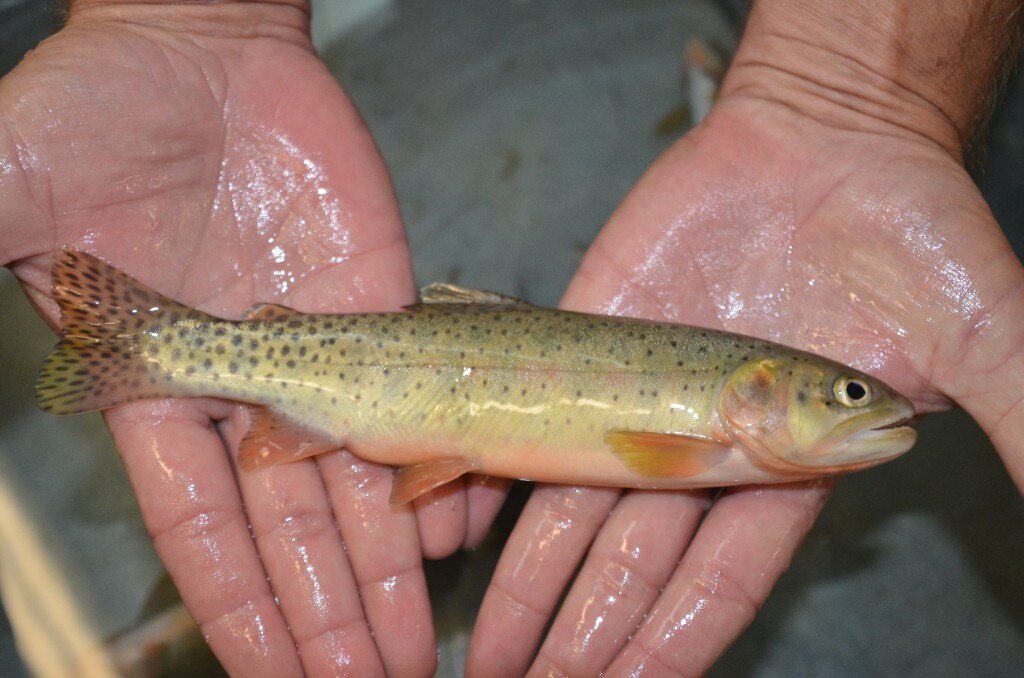
Idaho might be somewhat overlooked compared to its Rocky Mountain neighbors, but it harbors some of the region’s most productive and diverse trout waters. The Henry’s Fork of the Snake River has achieved legendary status among fly anglers for its challenging fishing and large rainbow trout, particularly in the Ranch section where fish grow selective on abundant insect hatches. The South Fork of the Snake offers more than 60 miles of exceptional trout habitat, holding cutthroat, rainbow, and brown trout amid cottonwood forests and abundant wildlife. The Salmon River, known as the “River of No Return,” provides opportunities to fish for native westslope cutthroat and bull trout in a wilderness setting. Silver Creek, a spring-fed stream near Sun Valley, tests anglers’ skills with its clear water and technical fishing for large brown and rainbow trout that feed selectively on tiny insects.
Utah’s Hidden Gems
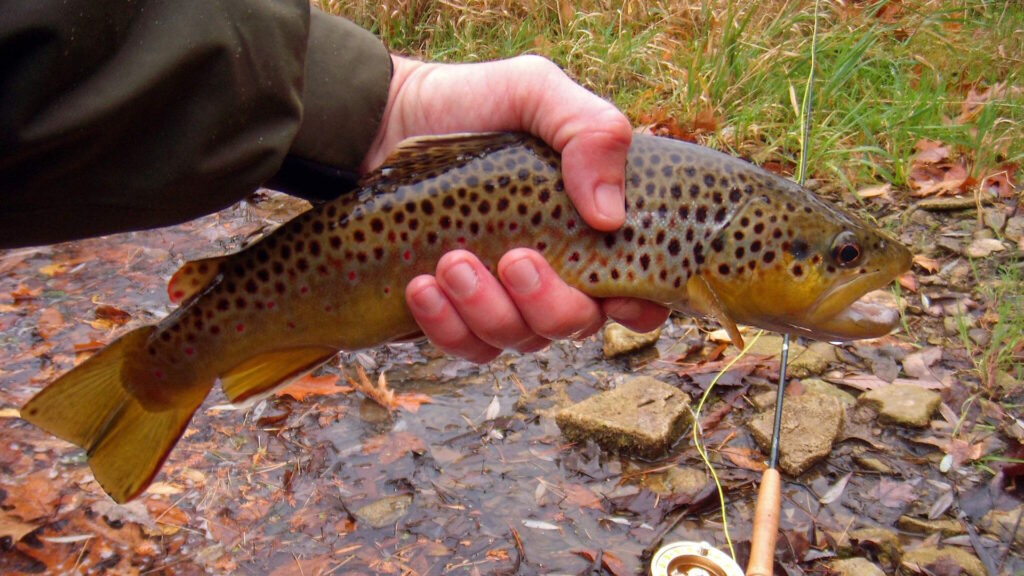
Utah’s portion of the Rockies contains several outstanding trout fisheries that often fly under the radar of traveling anglers. The Green River below Flaming Gorge Reservoir consistently ranks among North America’s top tailwaters, with sections holding more than 8,000 trout per mile in its emerald waters. The Provo River, running through the Wasatch Mountains, offers three distinct sections with abundant brown and rainbow trout just a short drive from Salt Lake City. For native trout enthusiasts, the streams of the Uinta Mountains harbor populations of Colorado River cutthroat trout in pristine alpine settings. The Logan River in northern Utah presents anglers with the opportunity to catch brown, rainbow, cutthroat, and brook trout in a picturesque canyon setting where access is relatively easy but fishing pressure remains moderate.
New Mexico’s Southern Rockies
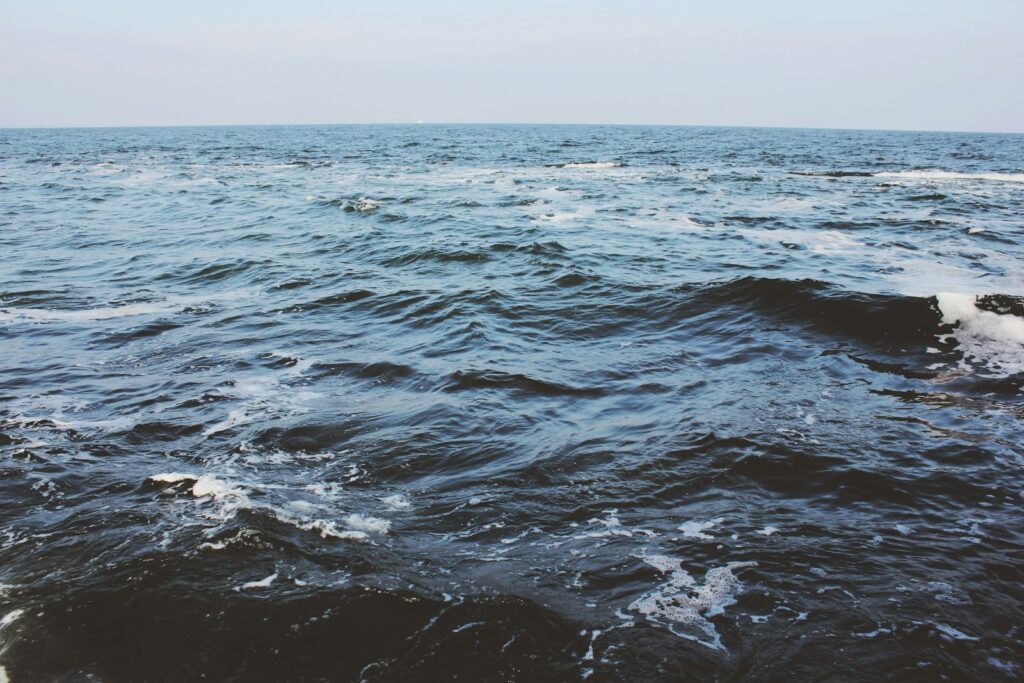
The southern extent of the Rocky Mountains reaches into northern New Mexico, where several excellent trout streams flow through beautiful high-country landscapes. The San Juan River below Navajo Dam has earned international recognition for its prolific insect hatches and incredible trout numbers, with estimates of 15,000 fish per mile in the quality waters section. The Pecos River, flowing through the Sangre de Cristo Mountains, offers more intimate fishing for wild brown and rainbow trout in a canyon setting rich with history. The Cimarron River provides a classic mountain stream experience as it tumbles through Cimarron Canyon State Park, holding a healthy population of rainbow and brown trout. The Rio Grande, particularly in its upper reaches and through the Rio Grande Gorge, offers opportunities to catch brown and rainbow trout amid spectacular desert canyon scenery unlike anywhere else in the Rockies.
Fishing in Rocky Mountain National Park

Rocky Mountain National Park in Colorado encompasses some of the most scenic trout water in the entire range, with over 50 alpine lakes and 150 miles of streams. The Big Thompson River offers accessible fishing both within the park boundaries and below in its canyon section, holding brown, rainbow, and brook trout. Moraine Park, where the meadow section of the Big Thompson flows through an open valley, provides classic dry fly fishing for brown trout against a backdrop of towering peaks. For those willing to hike, Dream Lake and Emerald Lake reward anglers with native greenback cutthroat trout in pristine alpine settings. The Fall River, another park waterway, contains primarily brook and brown trout in its cold, clear waters that cascade down from the Continental Divide through forests and meadows.
Canadian Rocky Mountain Fisheries
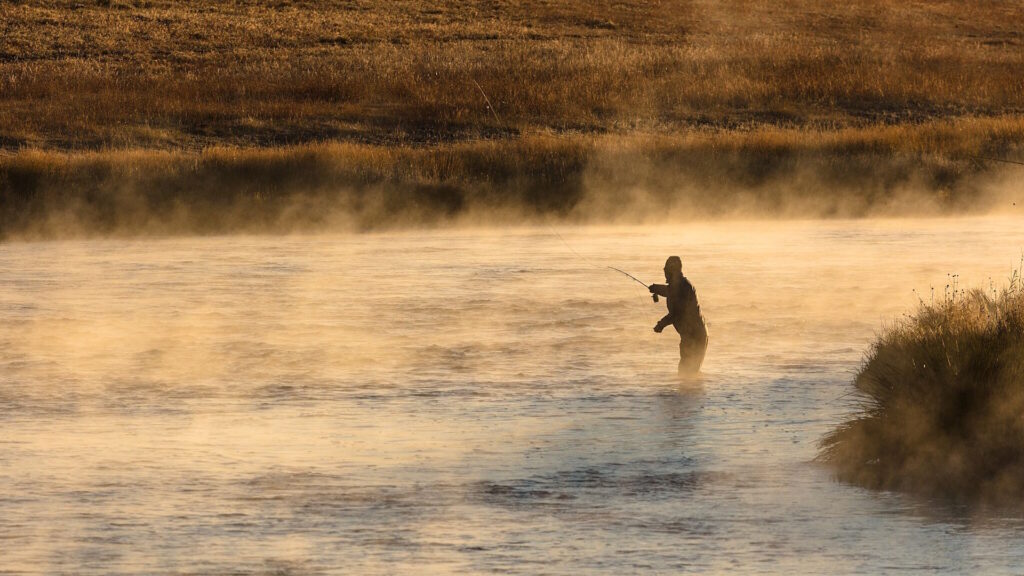
The Canadian Rockies extend the range northward through Alberta and British Columbia, offering spectacular fishing in less crowded settings. The Bow River near Calgary stands among North America’s finest trout rivers, with sections holding brown and rainbow trout averaging 16-18 inches, with many exceeding 20 inches. The Elk River in southeastern British Columbia flows through spectacular mountain valleys, providing exceptional dry fly fishing for westslope cutthroat trout that eagerly rise to attractor patterns. The Crowsnest River, though relatively small, contains a remarkable population of large brown and rainbow trout that thrive in its consistent flows and productive insect hatches. For bull trout, the ultimate native predator of the northern Rockies, the upper Kootenay River and its tributaries offer the chance to catch these powerful fish that can exceed 30 inches in length.
Alpine Lake Fishing
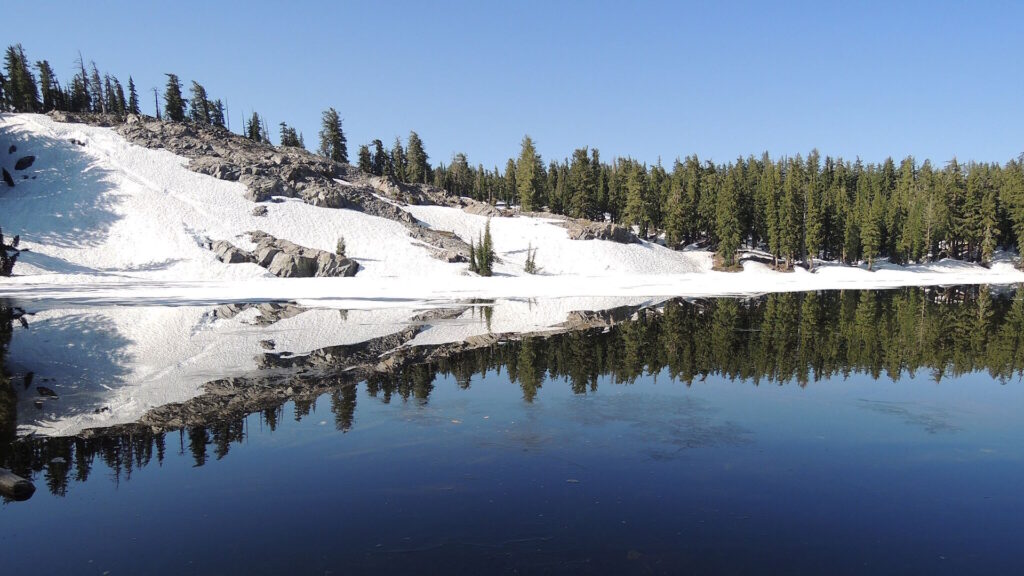
The Rocky Mountains contain thousands of high-altitude lakes that offer unique fly fishing experiences away from the more heavily fished rivers. Colorado’s Flat Tops Wilderness area contains over 100 fishable lakes, many holding native cutthroat trout that may have never seen an artificial fly. Wyoming’s Wind River Range features numerous alpine lakes above 10,000 feet, including the Golden Lakes chain where rare golden trout provide both beautiful colors and willing rises to dry flies. Montana’s Beartooth Plateau contains a constellation of alpine lakes accessible from the Beartooth Highway, offering fishing for cutthroat, rainbow, brook, and golden trout in spectacular settings. These alpine adventures typically require significant hiking effort, but the rewards include solitude, eager fish, and some of the most stunning backdrops imaginable for a day of fishing.
Best Seasons to Fish the Rockies
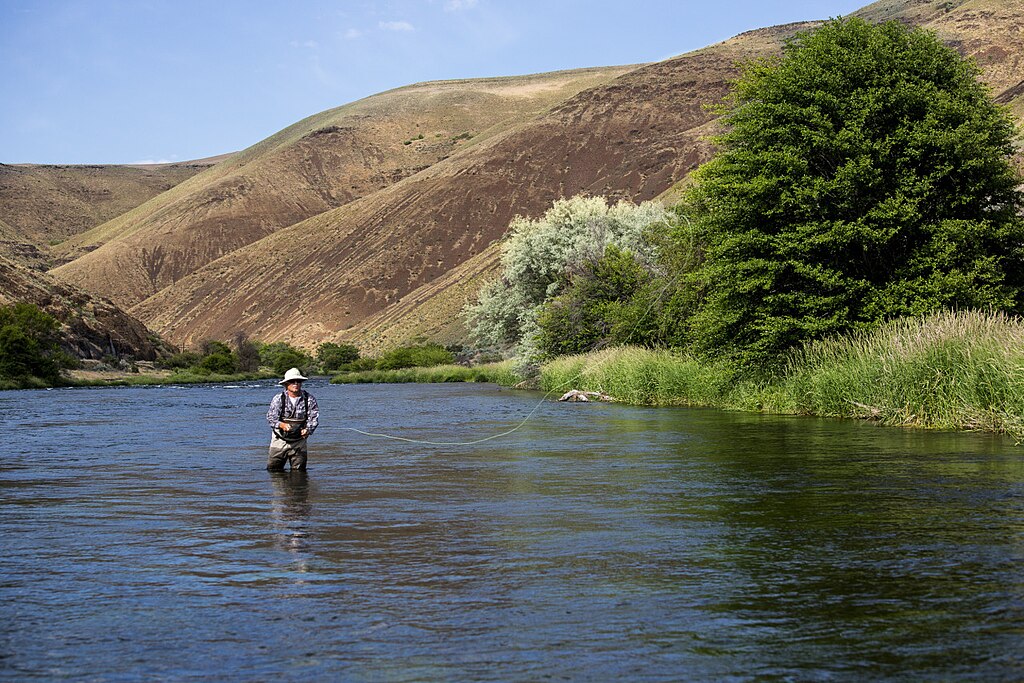
Timing plays a crucial role in Rocky Mountain fly fishing success, with each season offering distinct advantages and challenges. Spring (April-June) brings high water from snowmelt but also excellent insect hatches, including the famous salmonfly emergence on rivers like the Madison, Gunnison, and South Fork of the Snake. Summer (July-August) provides the most reliable conditions with moderate water levels, consistent hatches, and access to high-country waters that may be inaccessible earlier in the year. Fall (September-October) offers spectacular scenery as aspens turn golden, along with aggressive feeding from trout preparing for winter and less crowded conditions on popular waters. Winter fishing (November-March) centers around tailwaters like the Frying Pan, South Platte, and Green Rivers, where dam releases maintain consistent temperatures and support year-round insect activity for hardy anglers willing to brave the cold.
Essential Gear for Rocky Mountain Angling

The varied waters and conditions of the Rockies demand versatile equipment and proper preparation for successful fly fishing. A 9-foot 5-weight rod serves as the perfect all-around tool for most situations, though a 3-weight might be better for small streams, and a 6-weight offers advantages on larger rivers or windy days. Waders are essential even in summer, as mountain water temperatures rarely exceed the mid-50s Fahrenheit, with breathable models offering the best combination of protection and comfort. Layered clothing provides adaptability to rapidly changing mountain weather, where temperatures can swing 40 degrees in a single day. Beyond fishing gear, sun protection (including high-SPF sunscreen, buff, hat, and polarized sunglasses) is crucial at high elevations where ultraviolet exposure intensifies dramatically, and bear spray is recommended in many areas, particularly in Montana, Wyoming, and the Canadian Rockies.
Fly Patterns for Rocky Mountain Trout
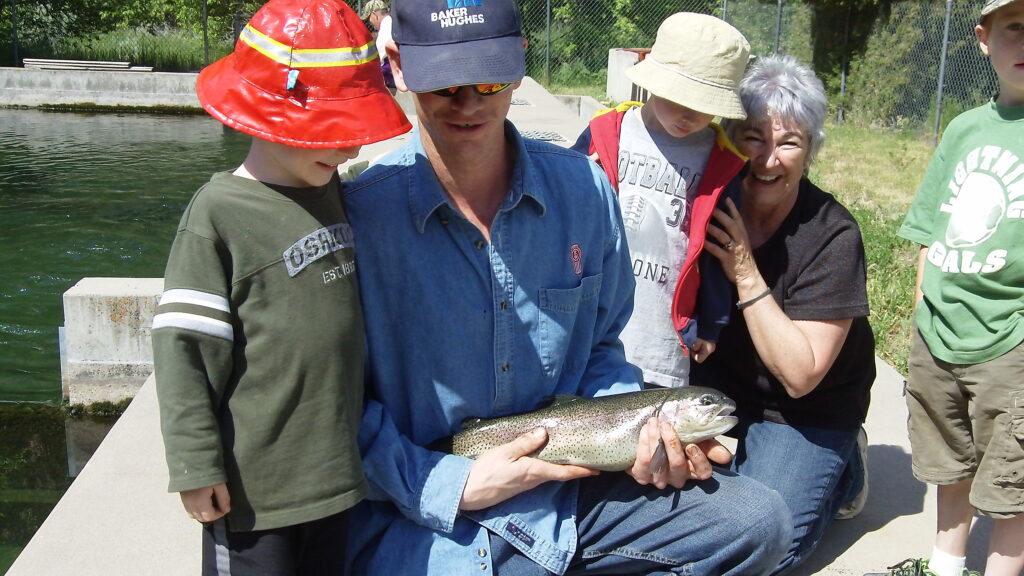
While fly selection varies by specific location and season, certain patterns consistently occur throughout the Rocky Mountain region. Dry fly standards include the Parachute Adams (#12-20), Elk Hair Caddis (#12-18), and Stimulator (#8-14), which together cover most common hatches and serve as attractor patterns. Subsurface fishing often produces the largest trout, with effective nymph patterns including Pheasant Tail Nymphs (#12-20), Prince Nymphs (#12-16), and stonefly imitations like Kaufmann’s Stone (#6-10) for high-water periods. Streamer fishing, especially effective during spring and fall, calls for patterns like the Woolly Bugger (#4-10), Sculpzilla (#4-8), and Slumpbuster (#4-8) in olive, black, and brown variations. For alpine lakes, terrestrial patterns like hoppers, ants, and beetles often outperform aquatic insect imitations, as trout in these environments opportunistically feed on insects blown onto the water’s surface.
Conservation and Etiquette
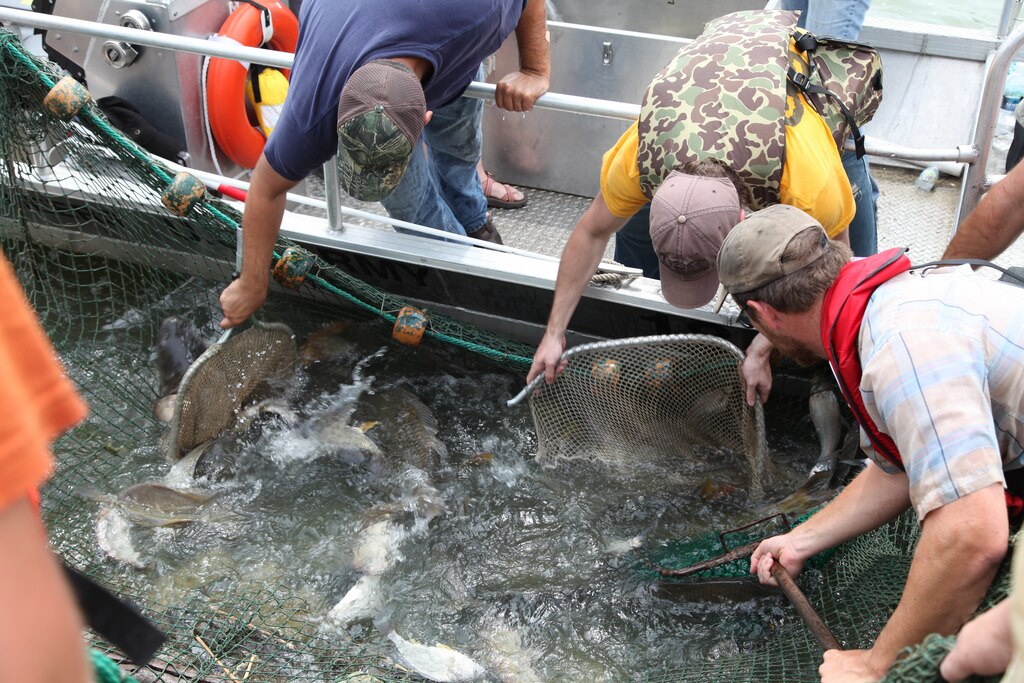
Preserving the Rocky Mountains’ exceptional fisheries requires conscious effort from all anglers visiting this remarkable region. Practicing catch-and-release fishing, particularly for native species like cutthroat and bull trout, helps maintain healthy populations for future generations. Proper fish handling techniques, including keeping fish in the water when possible, using barbless hooks, and wetting hands before touching trout, significantly improve survival rates after release. Respecting private property and access points prevents the loss of fishing opportunities, as trespassing issues frequently lead to closed access on western rivers. Following special regulations, which vary widely across the region, ensures compliance with conservation measures designed to protect specific waters, such as fly-fishing-only restrictions, slot limits, and seasonal closures that protect spawning fish.
Conclusion
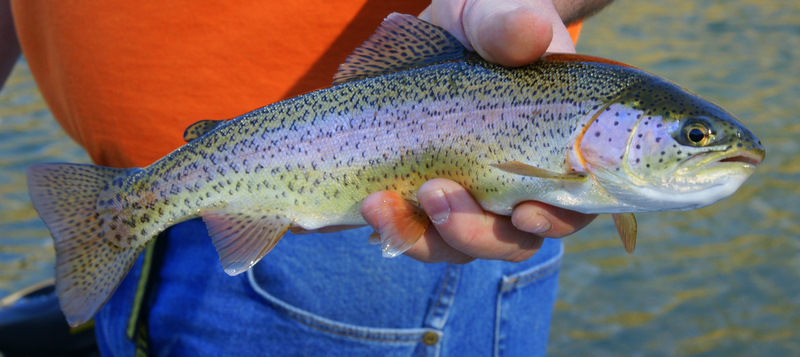
The Rocky Mountains offer an unparalleled diversity of fly fishing opportunities across thousands of miles of pristine trout habitat. From famous blue-ribbon streams to hidden alpine lakes, anglers can find experiences matching any preference or skill level within this majestic mountain range. The region’s wild trout, breathtaking scenery, and rich angling traditions combine to create a fly fishing destination without equal. Whether you’re drawn to the technical challenges of Colorado’s tailwaters, the grand rivers of Montana, or the solitude of Wyoming’s wilderness lakes, the Rockies provide a lifetime’s worth of fishing adventures. By approaching these waters with respect, preparation, and conservation-minded practices, today’s anglers can help ensure that the Rocky Mountains remain a world-class fly fishing destination for generations to come.

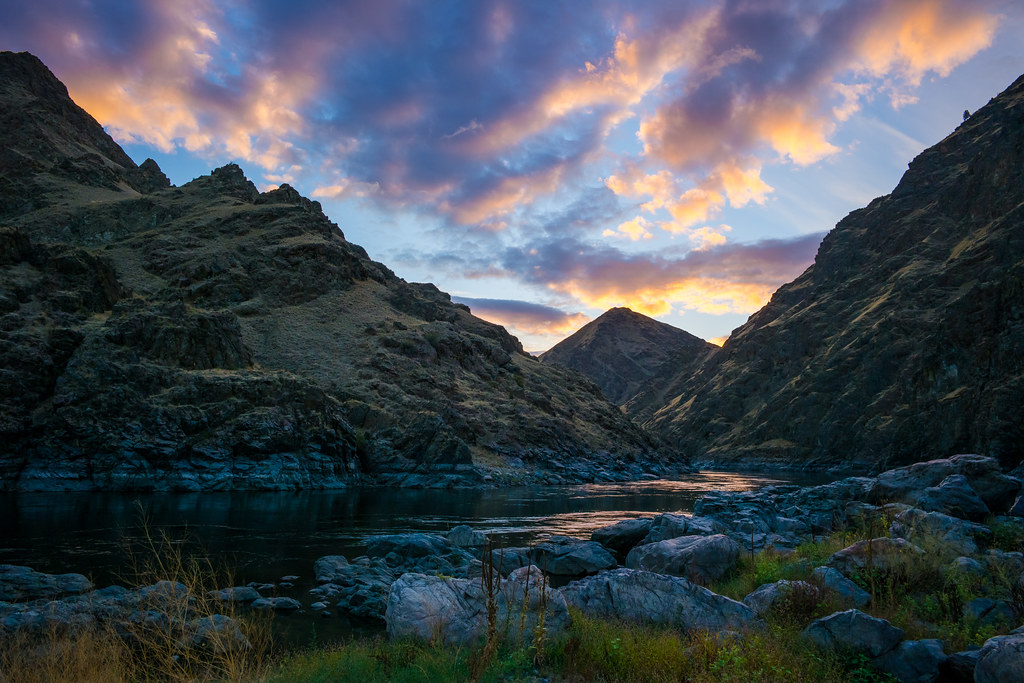


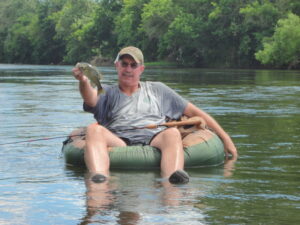
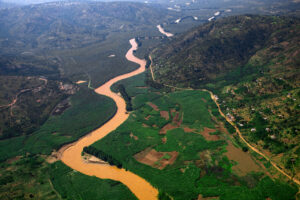








Post Comment